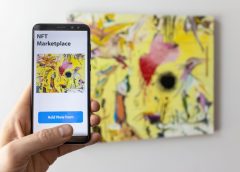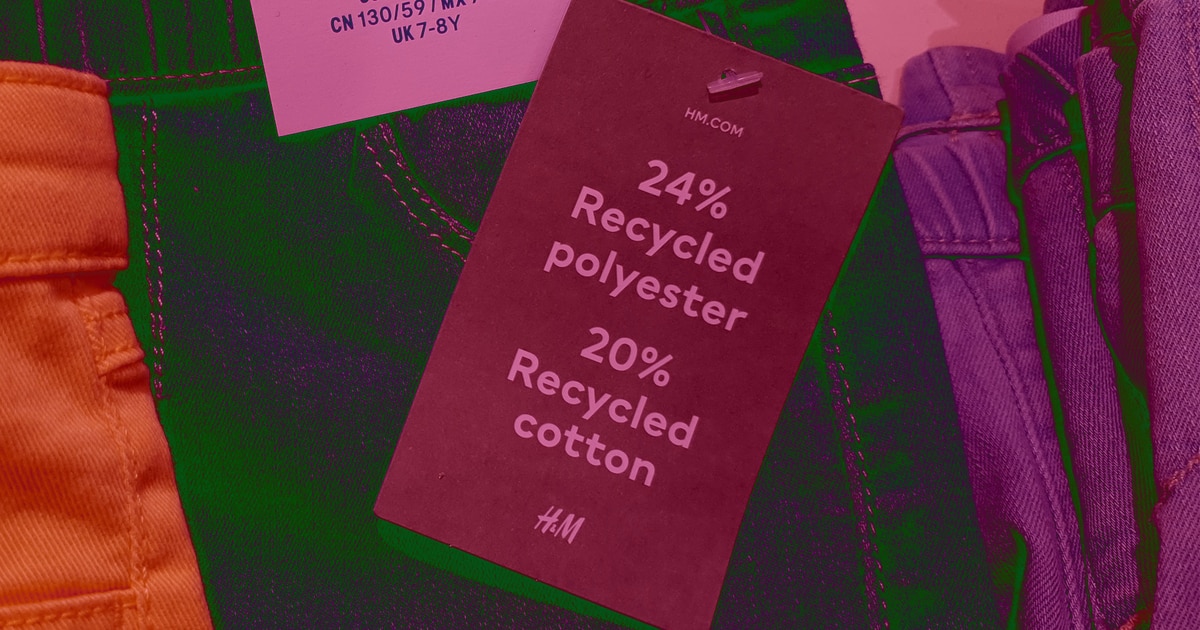
How NFTs Are Democratizing the Fashion Industry – WWD
[ad_1]
NFTs have been the talk of the fashion industry for several months now, bringing a new level of exclusivity and opportunities to turn digital designs and collections into extremely valuable and unique collectors’ items.
With so much potential, it’s largely a time for experimentation for brands as they navigate the metaverse and find a meaningful place in it. Companies like SmartMedia Technologies, a Web 3.0 platform that drives first-party data acquisition, user engagement and loyalty across digital- and mobile-first audiences, are one part of that navigation, helping brands to understand what the industry should look like and providing foresight into how the industry is continuing to grow shaped by that vision.
Michael Chock, chief solutions officer at SmartMedia Technologies, told WWD, “A big piece of what we look at right now is that the NFT market is about 95 percent speculation. You look at some of these NFTs that drop and see that they’re wildly successful, and then you look at some of them that a celebrity can’t even sell. We work in both spaces, but what our true belief is around the NFTs is less about speculation and about how an NFT becomes a currency of engagement and what we have built as our company has been founded in this robust history of advertising technology.”
Notably, the original team at SmartMedia Technologies built an ad server that they sold to Microsoft for $6 billion and later to Facebook Marketplace.
“Now, we’ve built the first enterprise marketplace for creators and brands and agencies so that we can use NFTs as a currency of engagement as a way to build communities and as a way to make and like monetize IP,” Chock said. “We very much take it from that side of how do we use it for loyalty, how do we use it for consumer engagement and how do we create really unique brand experiences that carry more value than let’s drop one new shoe and hope that people buy it?”
Operationally, the company has a TV agency in its group and serves to operate in Web 1.0, TV, Web 2.0, all things digital and now Web 3.0. The goal is to make it extremely easy for consumers and brands, noting that having all of these functions provides a nice transition as brands work to figure out strategies moving forward.
In contrast, many of the solutions available are point solutions that are only in Web 3.0. The problem with that, Chock said, is that it makes it challenging for brands to bridge the gap for consumers who are overwhelmed by seeing that to purchase something, they might have to download technology to get the token in another specific crypto wallet to fund the desired action.

Michael Chock
Courtesy Image.
This multistep process has created a mounting sense of negativity in online forums. Chock explained that this speculation also comes from consumers’ discomfort with buying things that don’t have a direct connection to a physical, tangible piece.
“Even when you look at the NFTs that have been successful, art is a great concept that is already challenging for me; it’s easier for people to wrap their minds around than something like land in the metaverse,” Chock said. “Where I would counter that is when you think about what is a metaverse, it’s just a digital ecosystem, and we have been spending money in the digital ecosystem for ages.”
As an example, Chock points to Farmville, where people are paying money to buy fake cows and fake crops and fake land in a metaverse where they pay real money. Call of Duty is another massive metaverse that people pay not only for access but also to upgrade tools, technology and all of that within.
And many consumers are becoming more comfortable with buying digital goods in exchange for normal currency. However, where that mental shift hasn’t happened for a lot of consumers, said Chock, is understanding what the utility is. They want to know when they buy an NFT and what they get.
Answering this, some of the brands that SmartMedia Technologies works with have created what is known as “utility tokens,” meaning that owning the token gives the consumer ownership of a physical good or does something.
“I think a great thing for fashion is looking at the Supreme model,” Chock said. “I used to live a block from [a] Supreme store in SoHo, and every morning when you know, there’s going to be a drop, people that start camping the night before in front of the Supreme store. But imagine if you do this for a fashion brand using NFT so you have fans engaged in a loyalty program, that they take high-value actions for your brand, whether it’s following you on social media, whether it’s posting pictures of yourself in their clothing, they get a digital token and only that NFT would get access to the new drop.”
And the community of standing in line wouldn’t go away; instead, it creates a community in a virtual setting so that engagement that benefits the brand and the consumer is given new content.
“I think the next kind of step for the NFT in the fashion industry is replicating some of this similar methodology if people have reasons that people are used to it,” Chock said. “It’s this transition of how do you get consumers into this mind frame very easily? Where we focus and where we think the industry is going to go is saying now how do we use NFTs to build marketplaces and loyalties, rather than just these one-off drops.”
Putting it into the context of luxury fashion, Chock said to imagine buying a Birkin bag. “There’s a beautiful piece of function, but buying a Birkin bag is also very much a statement. It is saying I have status, I have wealth if I have these assets and when you carry that Birkin bag, your sphere of influence is only the people who are seeing you. Now the idea with NFTs and fashion is saying, ‘OK, now what if rather than that Birkin bag, you buy a digital Birkin bag or imagine if they came as companions so when you bought a Birkin, you get an NFT?’ All of a sudden, your sphere of influence where you post that becomes much greater.”
SmartMedia Technologies is seeing this specifically with the Millennial audience of consumers as they buy things and want to show not only immediate contemporaries but create a larger impact of the status and the value that those fashion labels in their digital ecosystems — the digital ecosystems being much larger than the physical ones. Still, some consumers don’t even realize when they are acting in the metaverse or Web3.
Looking ahead, Chock said he thinks educating the consumer about the metaverse is a joint responsibility of the consumer as well as the brand and the technology companies. With endless possibilities of digital marketplaces and AI events, as all brands become a part of the metaverse, Chock said it is imperative to be authentic and offer the consumer — and their impending avatars — something of value.
FOR MORE WWD BUSINESS NEWS:
Field Notes: Full Carts and Full Potential
Field Notes: BNPL Leaders Continued Evolution
Consumer Confidence Shrinks as Expectations of Living Costs Rise
[ad_2]
Source link


